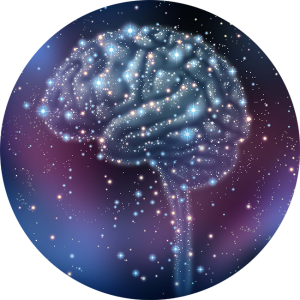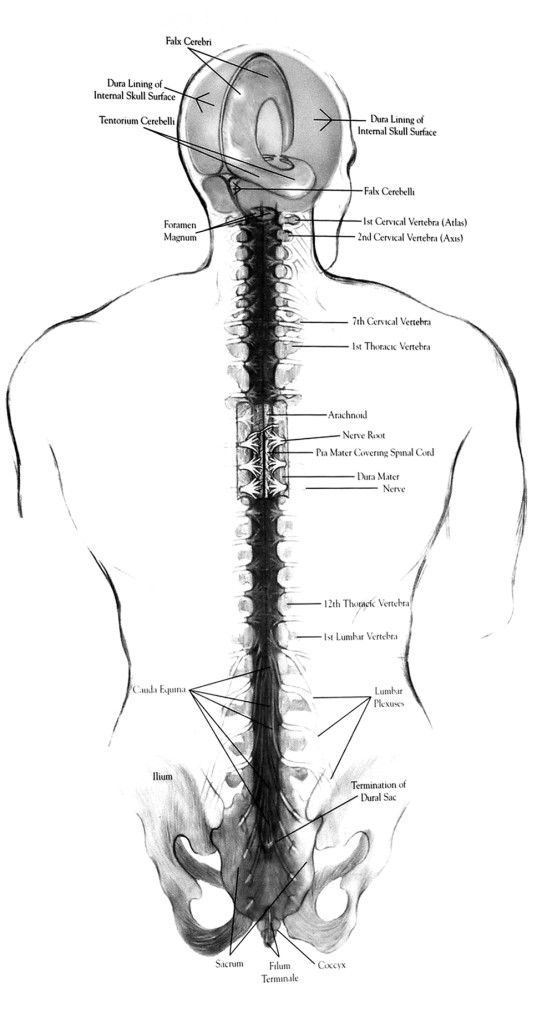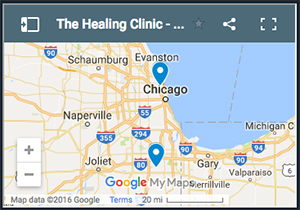What Is Craniosacral Therapy? See How This Therapy Can Help Your Chronic Conditions.
Craniosacral therapy has provided relief from ailments ranging from migraines to depression and chronic pain for over 100 years
 This form of alternative medicine takes into account the “cerebrospinal wave”, also known as the “cranio–rhythmic impulse”. This is the impulse said to go through 12-14 cycles every minute throughout the central nervous system, providing a movement of cerebrospinal fluid throughout the body.
This form of alternative medicine takes into account the “cerebrospinal wave”, also known as the “cranio–rhythmic impulse”. This is the impulse said to go through 12-14 cycles every minute throughout the central nervous system, providing a movement of cerebrospinal fluid throughout the body.
The vibrations are referred to as the “Breath of Life” according to Dr. William Sutherland, the developer of the idea that the cranial bones could be gently manipulated to produce beneficial effects in the early 1900s. There are three stages to the breath of life, each producing a different rate of pulses. The breath of life refers to the “breaths” our body takes during these cranio-rhythmic impulses, spreading health and vitality throughout us.
“The Breath of Life produces a series of subtle rhythms that may be palpated in the body and which make up an integrated physiological system. At least three subtle rhythms have been identified in this “primary respiratory system”, each having a different rate and producing rhythms within rhythms.”
~ Craniosacral Therapy Association of North America
Craniosacral therapy takes these rhythms into account. The idea is to manipulate the sutures between the plates of the brain, where stress can exist and block the flow of these impulses. Often, with chronic illness and those who use medical cannabis, medicines can’t mend everything. Using Craniosacral Therapy as a complementary practice with your primary care can improve those symptoms that so many suffer from.
Craniosacral Therapy can help with:
- Fatigue
- Hyperactivity in children
- Depressing thoughts
- Headaches
- Body and muscle pain or stiffness
- Nervous system disorders
- Conditions that cause chronic pain
Where did Craniosacral Therapy come from?
 Craniosacral Therapy has a basis in Osteopathic practice, an alternative form of medicine focused on the physical manipulation of muscle tissue and bone. Traditional massage is similar to the Craniosacral Therapy practices today, without the specialized attention to these impulses that are so crucial for re-aligning your craniosacral system (skull, neck, back, all the way down to the tailbone) in a gentle way. More information on Osteopathy can be studied on the American Academy of Osteopathy.
Craniosacral Therapy has a basis in Osteopathic practice, an alternative form of medicine focused on the physical manipulation of muscle tissue and bone. Traditional massage is similar to the Craniosacral Therapy practices today, without the specialized attention to these impulses that are so crucial for re-aligning your craniosacral system (skull, neck, back, all the way down to the tailbone) in a gentle way. More information on Osteopathy can be studied on the American Academy of Osteopathy.
Dr. William Sutherland was a doctor of osteopathy, and he saw a need for the relief from chronic migraines, depression, fatigue, and a slew of other debilitating pains. He began to realize that as the cranial bones could be manipulated, this could potentially leave certain pathways closed off from the cerebrospinal fluid. Trauma and stress can both affect the placement of our pathways, and the cranial bones can be displaced. Dr. John Upledger followed in Dr. Sutherland’s path and developed what we now officially know as Craniosacral Therapy. He conducted several scientific studies from 1975-1983 as an osteopathic physician and Professor of Biomechanics.
Cerebrospinal fluid cushions our brain and spinal cord. There is evidence that some physical or emotional problems could be a result of a disturbance in the two bone plates of the brain blocking the flow of this incredibly important fluid to fuel the rest of the body, providing its protective benefits.
Dr. Andrew Weil, an incredibly knowledgeable source for integrative medicine, establishes Craniosacral Therapy as an ideal solution for newborns who may have experienced birth trauma to set the bones properly. He also encourages children and adults to have this therapy for ear aches, migraines and hyperactivity, among many more.
How does it work?
Craniosacral therapy begins in a similar way as a massage. You lie down on the table fully clothed while your practitioner makes light contact with specific points around your head, torso, knees, and feet. The gentle pressure is applied only to non-invasively feel the vibrations, or breath of life, from your body. There are no forceful bone manipulations like you may see in chiropractic offices. The gentle bone-setting adjusts any sutures that may be out of place.
This is a video showing a quick view of how a craniosacral massage works:
The sessions are generally around an hour. Each session provides more relief from chronic pains to you, and the practitioner can personalize each session to your needs. Ultimately, the goal is to get rid of the disturbances in the craniosacral system to improve the central nervous system.
Craniosacral Therapy is a worthwhile practice for those who are seeking relief from a wide array of problems. When paired with traditional medicine, it can make a highly effective integrative medical solution.
Sources
http://www.upmc.com/services/integrative-medicine/services/pages/craniosacral-therapy.aspx
http://www.takingcharge.csh.umn.edu/explore-healing-practices/craniosacral-therapy
https://www.craniosacraltherapy.org/Whatis.htm
http://www.drweil.com/drw/u/ART03223/Cranial-Osteopathy-Craniosacral-Therapy.html
http://cranialacademy.org/about-the-oca/
https://www.academyofosteopathy.org/eweb/DynamicPage.aspx?Site=AAO&WebCode=Osteopathy





